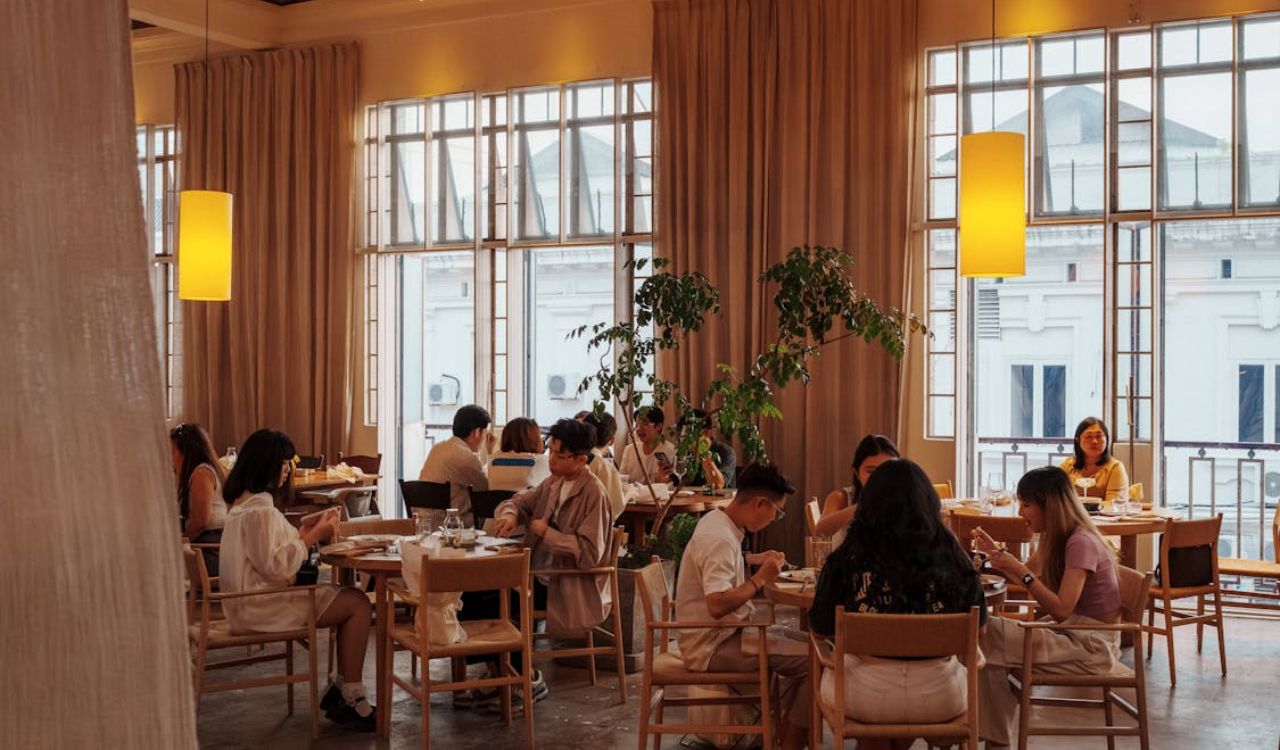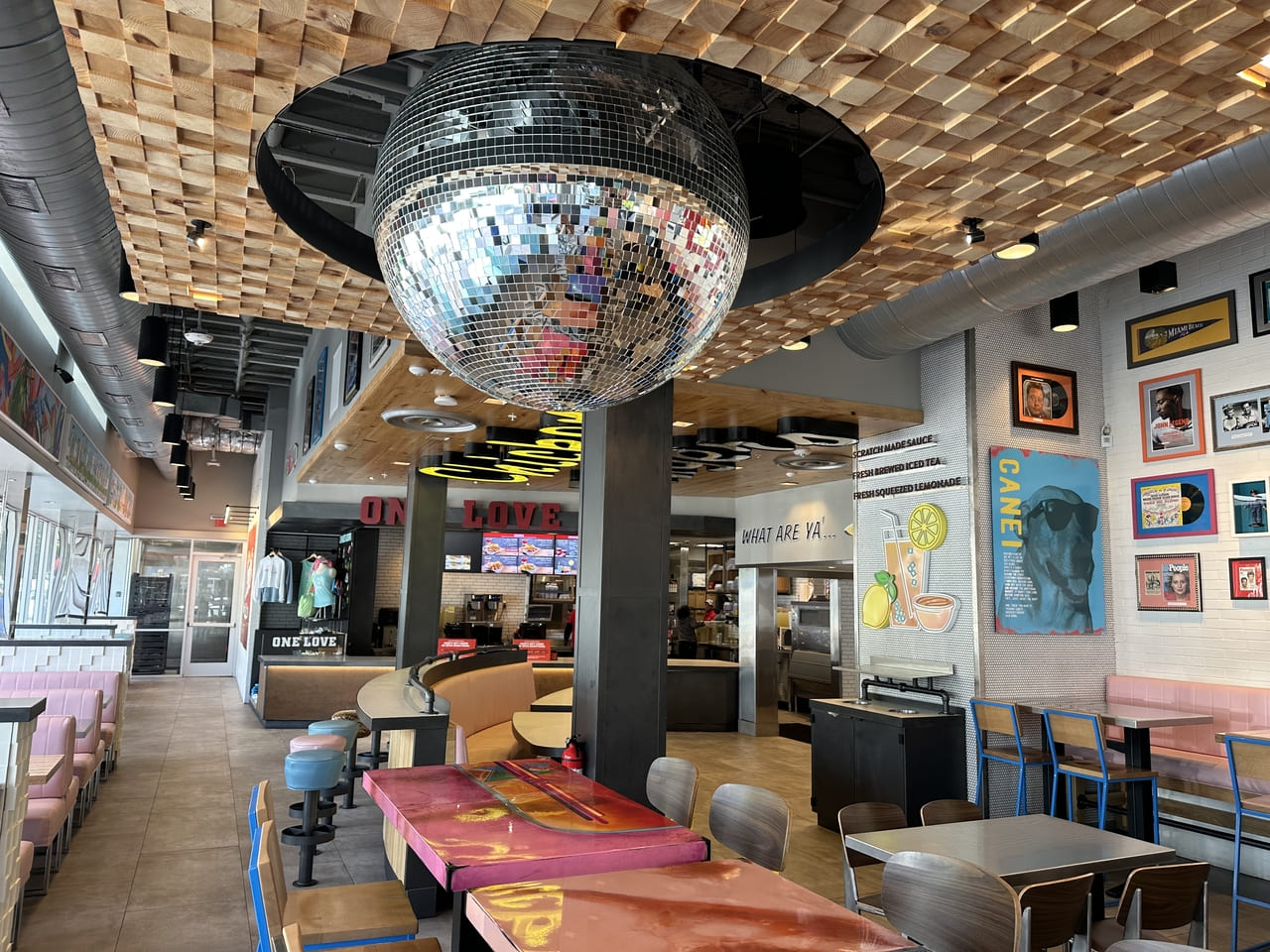What Makes a Dive Bar Different From Every Other Kind of Bar
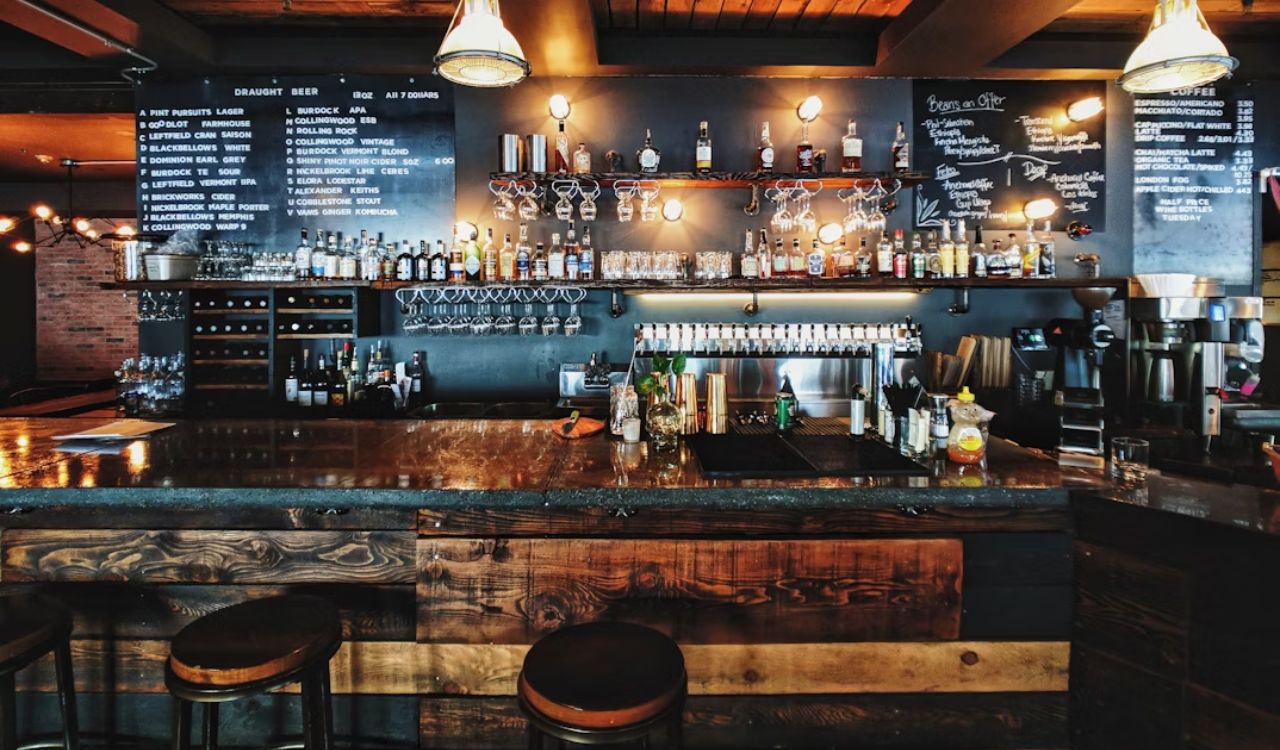
Walk into a low-lit neighborhood spot and you might sense it immediately. The music is a little too loud, the stools are worn, and the bartender greets half the customers by name. Drinks come cheap, and no one is here to impress anyone. You have just found a dive bar.
Dive bars are an American institution, known for their unpretentious atmosphere, affordable drinks, and loyal regulars. They are not cocktail lounges, sports bars, or nightclubs. They are their own category of watering hole, built on comfort, community, and familiarity. But what exactly makes a dive bar different from every other kind of bar?
The History and Heart of the Dive Bar

The term “dive bar” appeared in the United States in the late 1800s. At the time, people used it to describe small basement saloons that working-class patrons would literally “dive” into for a quick drink away from the public eye. Over time, the meaning evolved. The modern dive bar is not necessarily hidden underground, but it still represents a place for anyone seeking an easy-going drink without pretense.
At its core, a dive bar is about authenticity. The space is often imperfect, and that is the point. The furniture may be scuffed, the floors sticky, and the decor decades old. What matters is not the polish but the people. Dive bars have a reputation for being friendly to newcomers while keeping a steady base of regulars. They are small community centers where everyone fits in, regardless of background.
The City Lane describes a dive bar as a place focused on community, affordable drinks, and local connection. Patrons are usually regulars who have made the spot their second home.
The Signature Traits of a Dive Bar
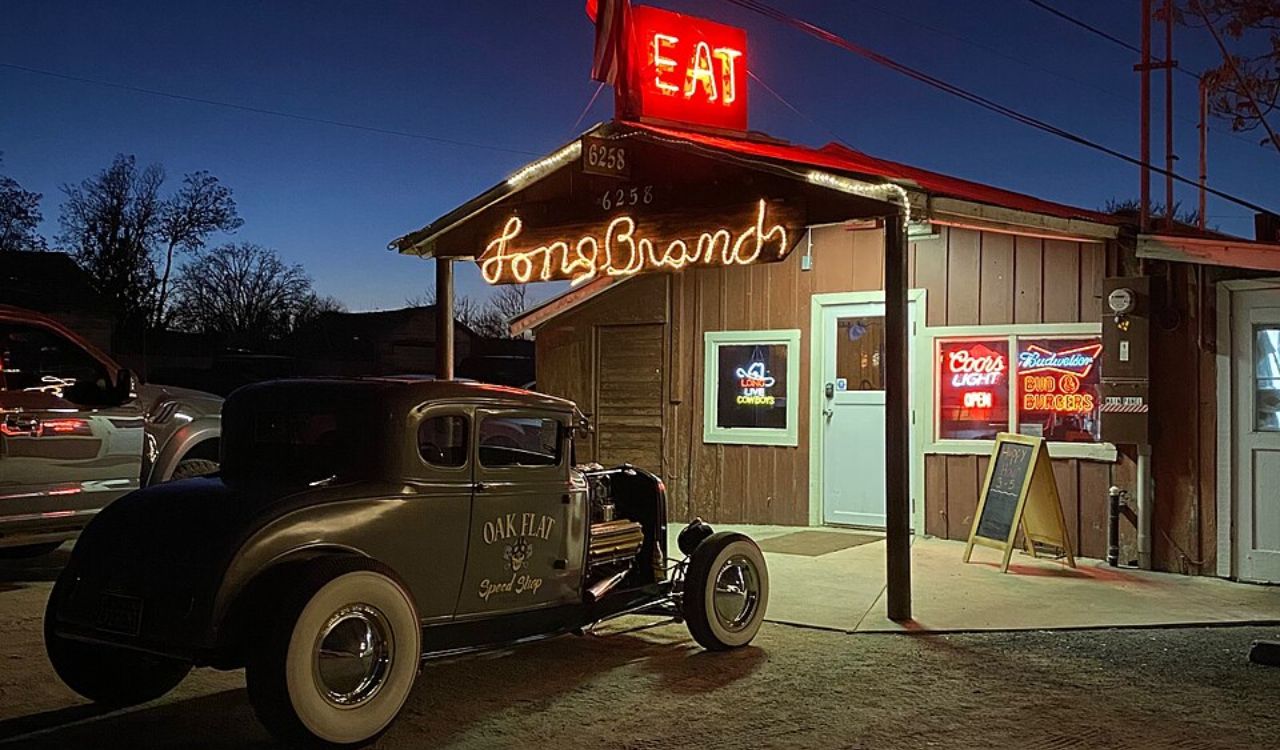
Dive bars share several recognizable qualities that set them apart from other bars. The following features make up their identity.
1. Simple and Affordable
The defining characteristic of a dive bar is its pricing. Drinks are inexpensive, the specials are straightforward, and no one is serving complex cocktails with fancy garnishes. Beer, whiskey, and simple mixed drinks are staples. Home Binwise notes that these bars focus on affordability and accessibility, not exclusivity.
2. Modest Atmosphere
Decor in a dive bar feels personal rather than curated. There might be neon beer signs, old posters, or photos of regulars taped to the walls. The lights are dim, the furniture mismatched, and the jukebox might still play songs from the 1980s. None of this is by accident. The lack of polish creates a sense of comfort and authenticity that expensive lounges rarely capture.
3. Loyal Regulars
Regulars are the heartbeat of a dive bar. Many people visit the same place for years, forming friendships that last as long as the bar itself. A dive bar without its regulars would lose much of its personality. Bartenders often know the names and favorite drinks of their customers, and conversations feel more like small-town gatherings than transactions.
4. No-Frills Menu
Dive bars rarely offer elaborate menus. Some might serve simple snacks or burgers, but others stick to chips or pretzels behind the counter. The focus stays on drinks, not dining. Flavor & The Menu describes these venues as nostalgic, approachable, and centered on honest hospitality rather than presentation.
5. Personality That Feels Real
Every dive bar has quirks. It might be the pool table with a broken corner, the same bartender who has worked there for decades, or the locals who play the same song every night. Those imperfections give the bar its soul. A dive bar is not built to impress strangers; it exists for the people who already love it.
How Dive Bars Differ From Other Bars
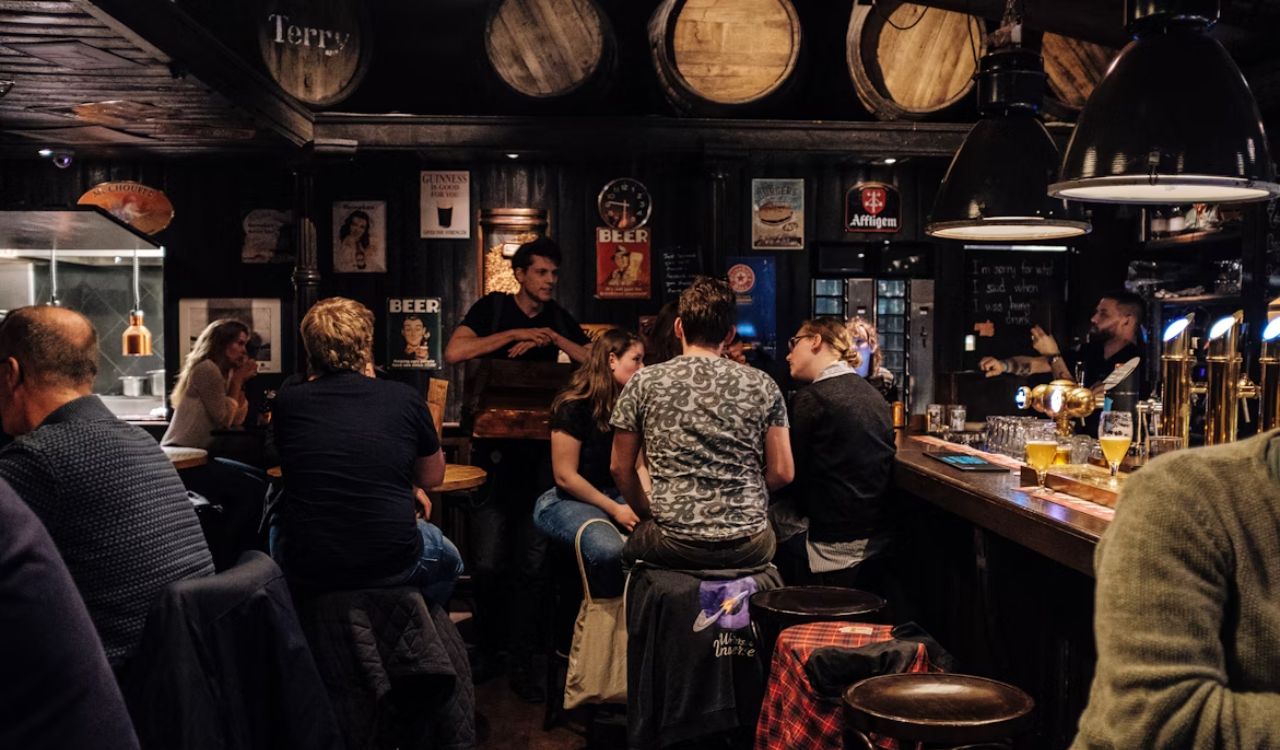
At first glance, any bar can look like a dive. But once you understand the differences, it is clear that dive bars play a separate role from cocktail bars, sports bars, or nightclubs.
Cocktail Lounges
Cocktail bars focus on technique, creativity, and presentation. Drinks are meticulously mixed, lighting is soft, and seating feels exclusive. Dive bars go in the opposite direction. The drinks are simple, the glassware might not match, and the point is comfort over craftsmanship.
Sports Bars
Sports bars are built around big screens and game-day energy. Dive bars might have one TV, but they are not designed for cheering crowds. The conversations in a dive are personal, not event-driven. People go to connect, not to shout over commentators.
Nightclubs and Rooftop Bars
Trendy bars sell image. They attract younger crowds who want curated playlists and picture-perfect settings. Dive bars strip all of that away. The floors may creak, the bathrooms may need repairs, and the music may come from an old jukebox. Yet the honesty of the space draws people back again and again.
Restaurant Manifesto describes dive bars as places where the experience matters more than aesthetics. They focus on connection rather than transaction.
The Role of Dive Bars in Local Culture
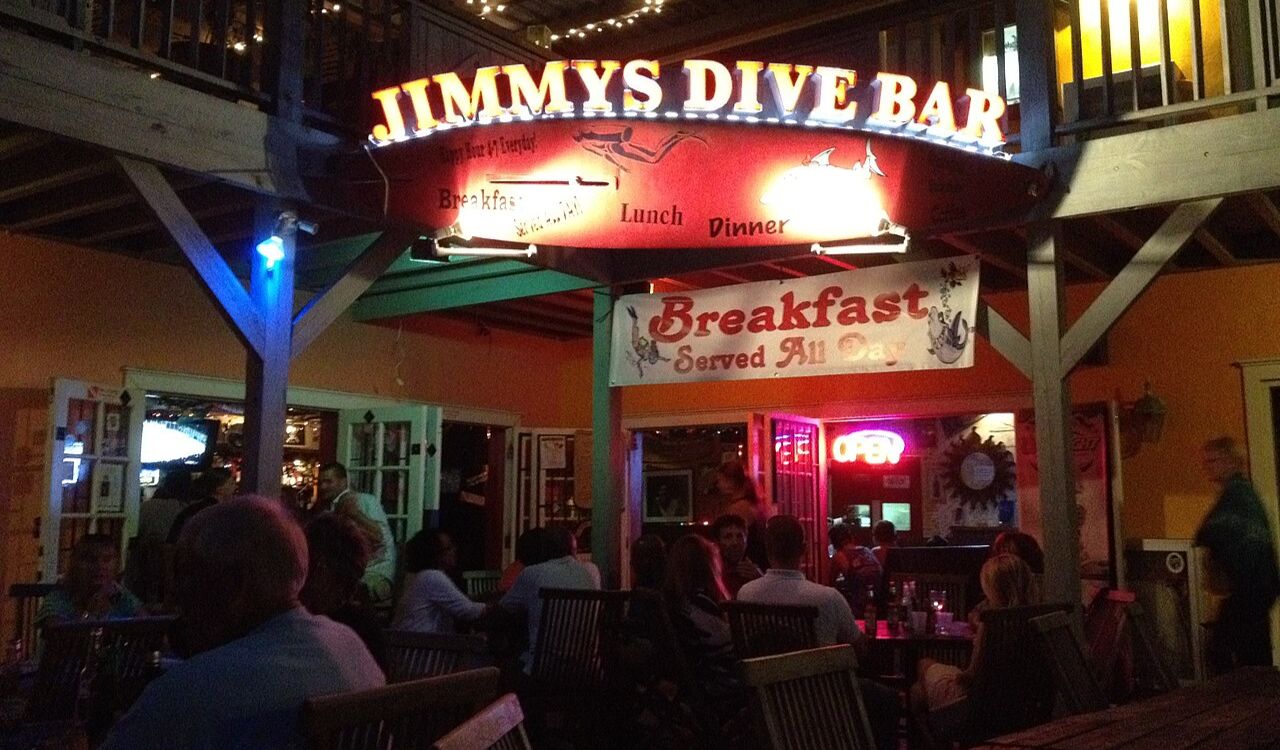
Dive bars serve an important social purpose. They are neighborhood institutions that bring together people from all walks of life. They provide space for conversations, celebrations, and quiet evenings after work.
Condé Nast Traveler called dive bars “small pieces of American history,” reflecting how they preserve stories from decades past. Many have hosted generations of the same families, while others became gathering places for musicians, artists, and writers.
The community element cannot be overstated. Dive bars act as a bridge between people who might never otherwise meet. The bartender often serves as part host, part confidant, and part historian.
In times of change, these bars also hold cultural memory. When neighborhoods modernize or gentrify, dive bars are often among the first local institutions to disappear. Their loss can feel like losing a piece of identity for longtime residents.
Challenges and the Changing Face of Dive Bars

Despite their popularity, dive bars face ongoing challenges. Rent increases, redevelopment, and shifts in nightlife trends have forced many classic dives to close. Eater Boston reported that many beloved bars in older neighborhoods have been replaced by high-end establishments as property values rise.
The COVID-19 pandemic accelerated this trend. Many dive bars operate on slim margins, relying heavily on regular customers. Social distancing and shutdowns made it nearly impossible for some to stay afloat. Their intimate, crowded environments could not easily adapt to new regulations.
However, a new generation of “modern dive bars” has started to appear. The Infatuation highlights how these spots maintain low prices and relaxed energy while updating small details like lighting or drink options. They attract younger patrons who crave authenticity but also expect a cleaner, safer environment.
While purists may debate whether these new versions count as true dive bars, the spirit remains the same: affordable drinks, friendly faces, and no pressure to perform.
How to Know You’re in a Real Dive Bar
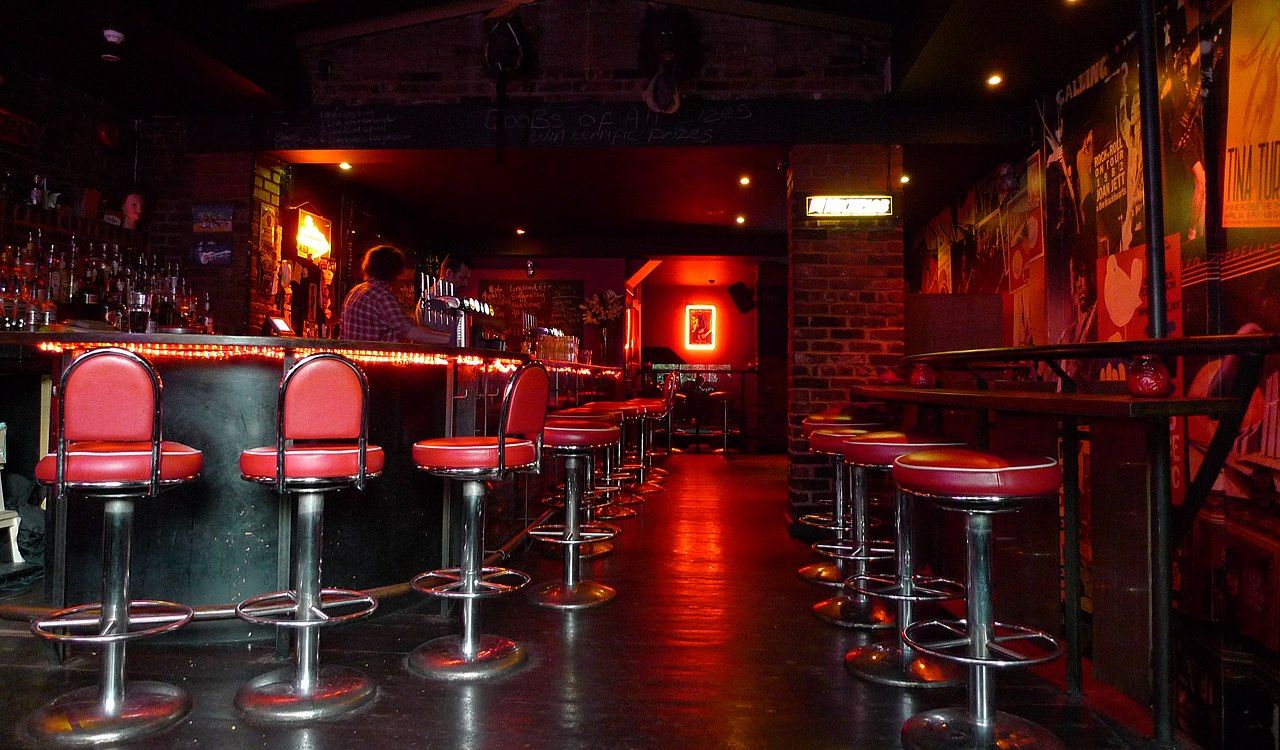
Many bars try to mimic the dive bar vibe, but a genuine one is easy to recognize. Here are a few signs you have found the real thing:
- Prices are low, and the menu fits on a single board behind the counter.
- The bartender knows at least half the room by name.
- The decor includes neon beer signs, sports memorabilia, or photos that have been there for years.
- The music comes from a jukebox, not a curated playlist.
- Everyone, from newcomers to regulars, feels equally welcome.
A real dive bar feels timeless. It does not try to reinvent itself every season or chase trends. It simply exists for people who love a comfortable, familiar space to unwind.
Why Dive Bars Still Matter
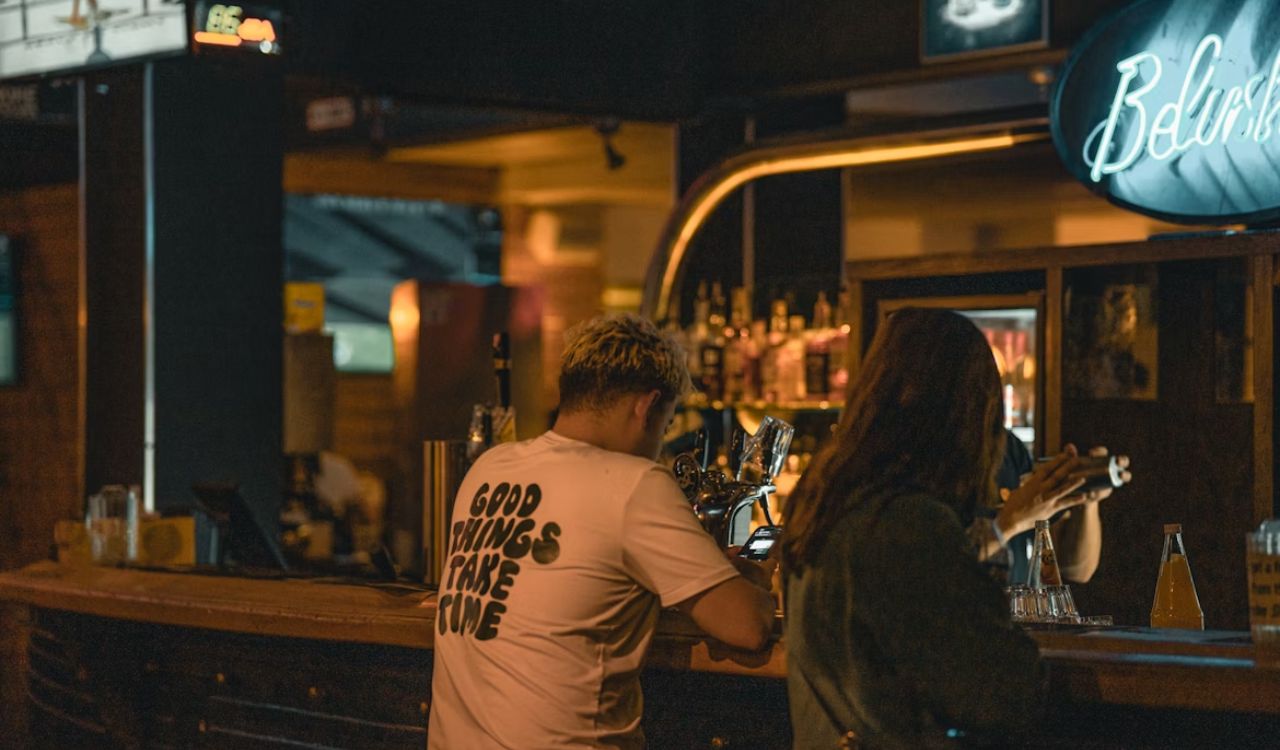
In an age when nightlife often feels overproduced, dive bars stand as a reminder of simplicity. They show that community and connection matter more than presentation. They are places where people can relax, laugh, and feel at home without worrying about appearances.
For some, a dive bar is where they celebrate milestones or find lifelong friends. For others, it is just a place to end the workday in peace. Either way, it plays a role that upscale venues cannot replicate.
Dive bars endure because they speak to something human: the need for belonging. As cities evolve and trends shift, their survival will depend on people who still value a space that welcomes everyone equally.
References
- Dive bar- Wikipedia.com
- What Makes A Dive Bar, A Dive Bar?- TheCityLane.com
- What Is a Dive Bar? 12 Facts of Dive Bar Design and Industry- BinWise.com
- Dive Bar Culture- GetFlavor.com
- When Is a Dive Bar Truly a Dive?- RestaurantManifesto.com
- America’s Dive Bars Face an Uncertain Future- CNTraveler.com
- What We Talk About When We Talk About Dive Bars- Boston.Eater.com
- What Even Is A Dive Bar Anymore?- TheInfatuation.com



